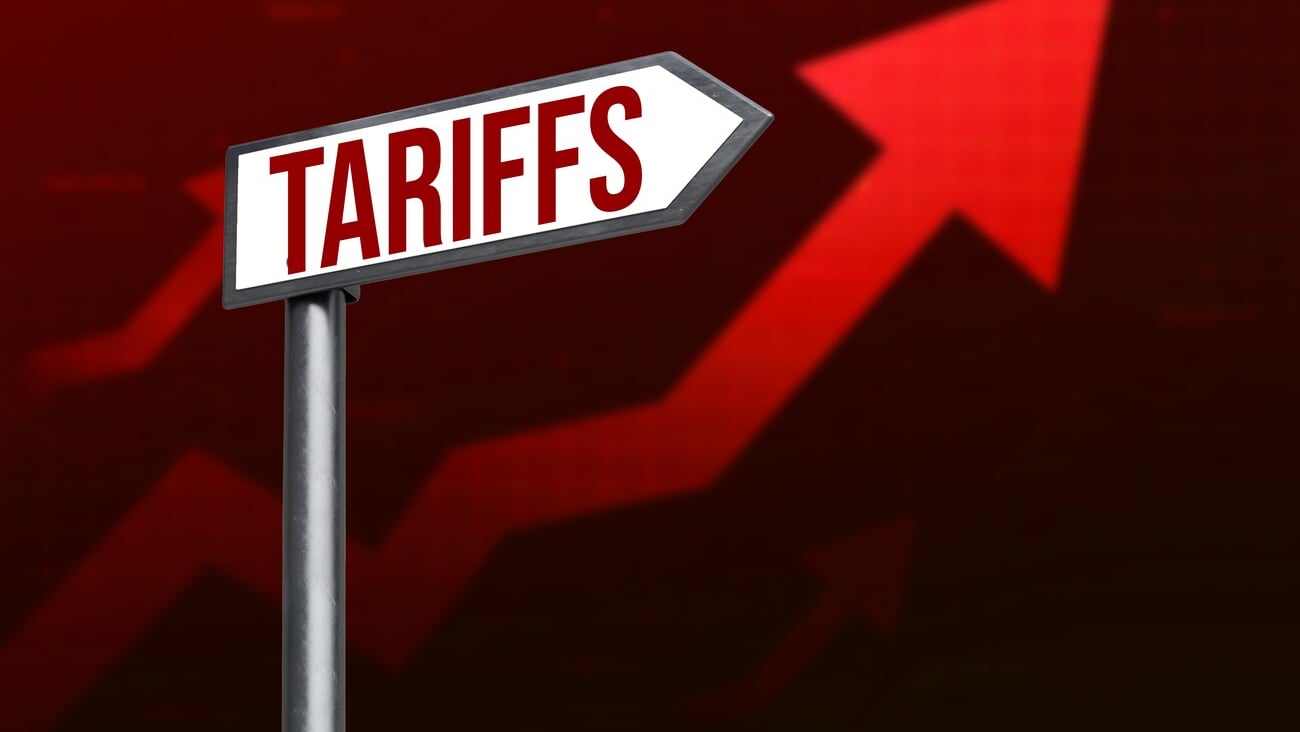Expert Opinion: Your lenders are watching you
Many borrowers already have drawn down much or all of their available credit line in order to have the liquidity to ride out the COVID19 pandemic. Other borrowers are contemplating doing the same.
It may be too late. Lenders have begun to restrict such borrowings. Most loan documents have a provision that provides the lender with discretion over whether to fund a borrowing request.
Lenders are increasingly concerned about the value of their collateral and about their ability to liquidate collateral in the event of a borrower's default. Borrowers, unable to survive without a credit line, have no choice but to accommodate their lender’s concerns.
Rather than risking covenant default when financial results are published, prudent borrowers should anticipate their operating results as well as the bank’s reaction and be proactive in demonstrating that the borrower has a feasible plan to improve what would otherwise be in the borrower’s reporting package.
Lenders expect their borrowers to take appropriate measures to avoid putting at risk the collectability of their borrower’s obligation. Lenders want to see that executives have reduced compensation, that all expenses — including payroll — have been appropriately reduced and that the borrower is seeking relief from unsecured creditors.
This includes seeking retroactive vendor discounts, deferred payment terms and return of goods.
Many retailers are stocked with spring merchandise but now may lose the entire spring season. Their stores will eventually open up – probably in time for the summer season to commence. Moreover, they may be compelled to take large markdowns on spring goods in order to replace those goods with subsequent seasons’ merchandise. For the lender to a retailer, this means that the value of its collateral will be less than anticipated. The only question is one of degree.
For the retailer who takes widespread markdowns, this risks eventually providing its lender with operating results that may trip a loan covenant and thereby result in the lender restricting additional borrowing or demanding more collateral. The same outcome applies to non-retailers whose sales have been suspended.
Some businesses may respond by asking their vendors to term out or discount pending unpaid novices. Other businesses that have sufficient clout may seek to return goods to vendors for credit. For a retailer that is a major customer of a manufacturer, the manufacturer may have few options but to accept retroactive discounts or to accept returns. The supplier may be reluctant to risk the loss of future business.
Return of goods or retroactive discounts are superior to terming out vendor payments for what have or surely will become slow moving goods. It has less impact on the borrower’s income statement.
However, lenders may be opposed to returning goods because doing so reduces the lender’s collateral. Consequently, returning goods in exchange for new merchandise- even if the credit is for somewhat less than the full invoice amount of the returned goods, will be more palatable to the lender.
Borrowers must evaluate on a one-off basis their ability to return merchandise or obtain retroactive discounts. Is the borrower essential to the vendor's business? Is the vendor readily replaceable by the borrower on a going forward basis? Does the vendor have pending purchase orders for programs for future seasons? Will the vendor likely commence litigation if it is not paid or if goods are involuntarily returned?
When negotiating returns or retroactive discounts with vendors, remember that they have their own vendors to pay. They need to resell the goods that are returned. So, in evaluating what goods to return, the borrower should take into account the ability of its vendor to resell the goods that are returned.
Goods out of season in one market may not be out of season in another market. Moreover, some goods are not seasonal; so, the manufacturer may only need to warehouse the goods pending future sales. The vendor also may be willing to accept the return of certain least desirable goods if the customer includes other, more desirable goods in the return, which enable the vendor to better resell the less desirable, returned goods.
If a borrower is unable to make returns or has finished goods that are seasonal, those goods should be promoted first. Seasonal inventory should be cleared out rather than conducting general sales promotions.
Goods which have the borrower’s name on them or packaging with the borrower’s name will be more difficult to return because the manufacturer probably will be unable to replace labels or packaging because it is not worth the cost or effort.
It is likely that credit markets will tighten for non-investment grade borrowers despite the federal government passing the CARES Act. Borrowers with lower credit ratings may find it more difficult to replace existing lenders - which are becoming increasingly risk-conscious and which already have excessive troubled loans in need of restructuring. Therefore, retaining one’s existing lender is of paramount importance.
In the event that the existing lender seeks to terminate its lending relationship, the borrower should have an analysis demonstrating that, with modest relief and an action plan based upon reasonable assumptions, the borrower can be restored to covenant compliance. This requires a detailed turnaround plan for the borrower.
The borrower should also analyze the likely recovery to the lender in the event that the lender exercises default or termination remedies. What would be the lender’s recovery in the event of bankruptcy or liquidation? Are personal guarantees sufficient to make up the shortfall? Will the lender have an ability to liquidate its collateral at fair values given current market conditions?
The CARES Act enables banks to carry loans that would otherwise be deemed troubled loan restructuring (TLRs) as if they were normal performing loans. However, ultimately, a loan that is not repaid eventually impacts the balance sheet and income statement of the bank. Consequently, even short-term relief favored by bank regulators should be premised upon a turnaround plan.
The key to survival in a recession is to anticipate a lender’s every move and every question. Be proactive in doing the things that the lender will want to see happen. You will accomplish those things faster if you understand the thinking and the limitations of your lender and of your vendors.
Ken Rosen is a partner at New York City-based Lowenstein Sandler and chairs the firm's bankruptcy, financial reorganization and creditors' rights practice.






